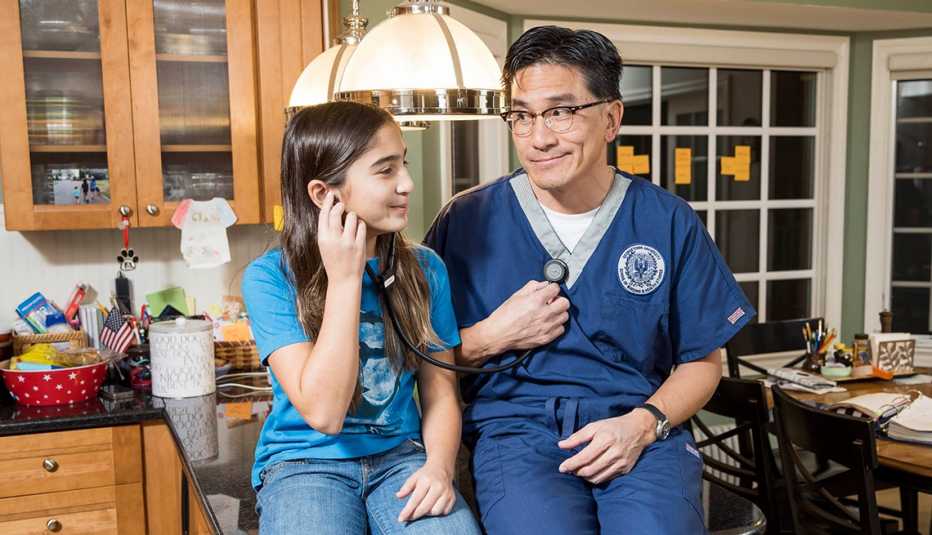AARP Hearing Center
Leo Geraci, Ph.D., was a pharmaceutical R&D scientist with a background in organic chemistry when industry-wide downsizing took his job in 2009. Geraci, 52, looked for a job for almost three years before he heard about a fellowship that would help him change direction, offered by the Woodrow Wilson National Fellowship Foundation to help recruit recent grads and career changers with science and math backgrounds become teachers. It provided a $30,000 stipend for classes toward teaching certification and a master’s degree and help with living expenses.
Geraci is about to graduate and will likely be teaching high school chemistry come fall. “If it wasn't for that fellowship program, I wouldn’t have been able to do this,” he said. “It’s a major boost.”
Thousands of scholarships are available for people looking to change or renew their careers, if you know where to look. Though the best-known federal loan programs are fairly restrictive – Pell Grants and campus-based loan programs are for undergraduates -- there are many other options.
“The vast majority of awards don’t have any restrictions. [Scholarships for nontraditional students] are not as rare as most people assume,” says Mark Kantrowitz, publisher of Edvisors.com, a network of more than a dozen websites about planning and paying for college. Only about 10% of awards have a restriction to first baccalaureate degrees, he says. Many scholarships to go back to school can be applied to undergraduate or graduate education at any age.
Such aid is not for people looking for quick fixes or easy outs from unhappy jobs. Even the most generous programs, like the Woodrow Wilson Fellowships, are only helpmates along a path that you will need to determine and finance largely on your own. So set your goal first, then find scholarships. “You can see winning something like that as confirmation that you’ve picked the right path,” says Nicole Williams, a career expert for LinkedIn and the author of several bestselling books on careers.
Here’s how to use scholarships to drive your career change:






























































